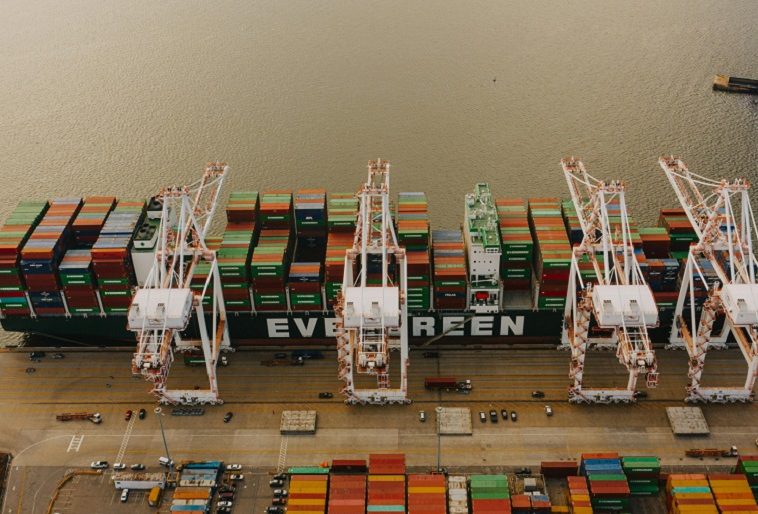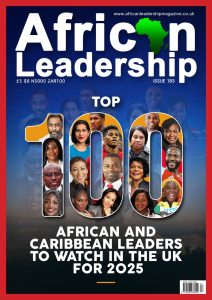The splendor of African tradition is an undisputed fact of reality, praised as the cradle of human civilisation that gave great empires, dynasties, kings and great individuals of the times. It makes total sense for these wonders to be preserved for posterity.
For so long, Africa has had a great flaw in its overreliance on oral tradition to preserve its beautiful cultures, arts and history. A flaw that for centuries was exploited by the West, who wasted no time in documenting their versions of histories that often portrayed Africa as a continent of savages with no class, dignity, or enlightenment.
These records made the West to be the ‘Light Bringers’ to these various tribes of Africa. They saw themselves as the righteous ones who came to bring knowledge, history, medicine, education, religion and many more. But they forget that in the ancient walls of temples, tombs, statues, coffins, and sarcophagi of Egypt there were hieroglyphics the formal writing system used in Ancient Egypt for writing the Egyptian language.
The unique thing about this system was that it combined logographic and syllabic elements. This means of communication enabled advancements in education, astronomy, medicine, agriculture and other areas of interest and Egypt flourished. Even great Greek philosophers such as Thales, Pythagoras, Plato, and Aristotle are believed to have lived in Africa and studied under ancient Egyptian priests.
It gives pleasure to see the initiatives undertaken to preserve African culture in this modern era through the help of technology as there is so much diversity, richness and depth. According to the African Union Development Agency, aspiration 5 of the African Union’s (AU) Agenda 2063 envisions a vibrant Africa with a strong cultural identity, shared values, and ethics. This includes fostering a cultural renaissance rooted in Pan-Africanism, revitalising African languages, and preserving the continent’s rich heritage.
To secure the survival of cultural legacy for future generations, cultural preservation in Africa entails the conservation and protection of both tangible and intangible elements. This entails utilising cutting-edge technology like 3D printing to preserve important African cultural artefacts, customs, languages, and practices.
The African Union High-Level Panel on Emerging Technologies (APET) is doing a lot of things to preserve cultural artefacts. The body recognises 3D printing as an emerging technology with the potential to preserve the African cultural heritage in an era of rapid technological advancement. The cutting-edge technology offers a precise and non-invasive method to replicate and restore historical African landmarks, buildings, and artefacts that are at risk of damage or have been lost over time.
There are also several digital museums in Africa. For instance, Milele Museum is Africa’s first virtual museum and is dedicated to the restitution and repatriation of stolen artefacts and cultural heritage. These digital museums are a game changer and are giving access to a new generation of Africans to the endowed history of our beloved continent. This way these materials can stand the test of time and can be used for easy points of reference.
Social media is not left out in this endeavour as there are thousands of pages across all online platforms dedicated to cataloguing arts, personalities, events and histories of Africa in audio-visual forms. The emergence of social media and the Internet has also made networking and collaboration opportunities easier, which has contributed to the development of a thriving and linked community of artists.
African contemporary art has thrived in this setting, producing a rich and varied corpus of work that addresses themes including identity, cultural legacy, socio-political difficulties, and environmental concerns.




